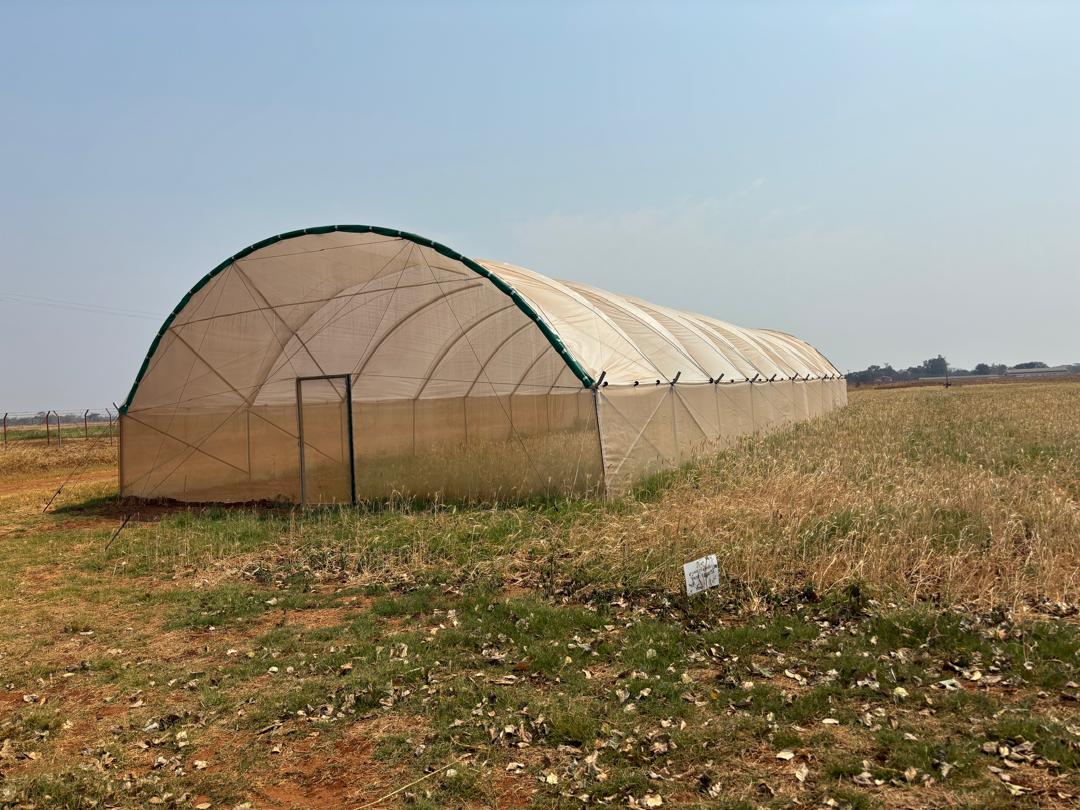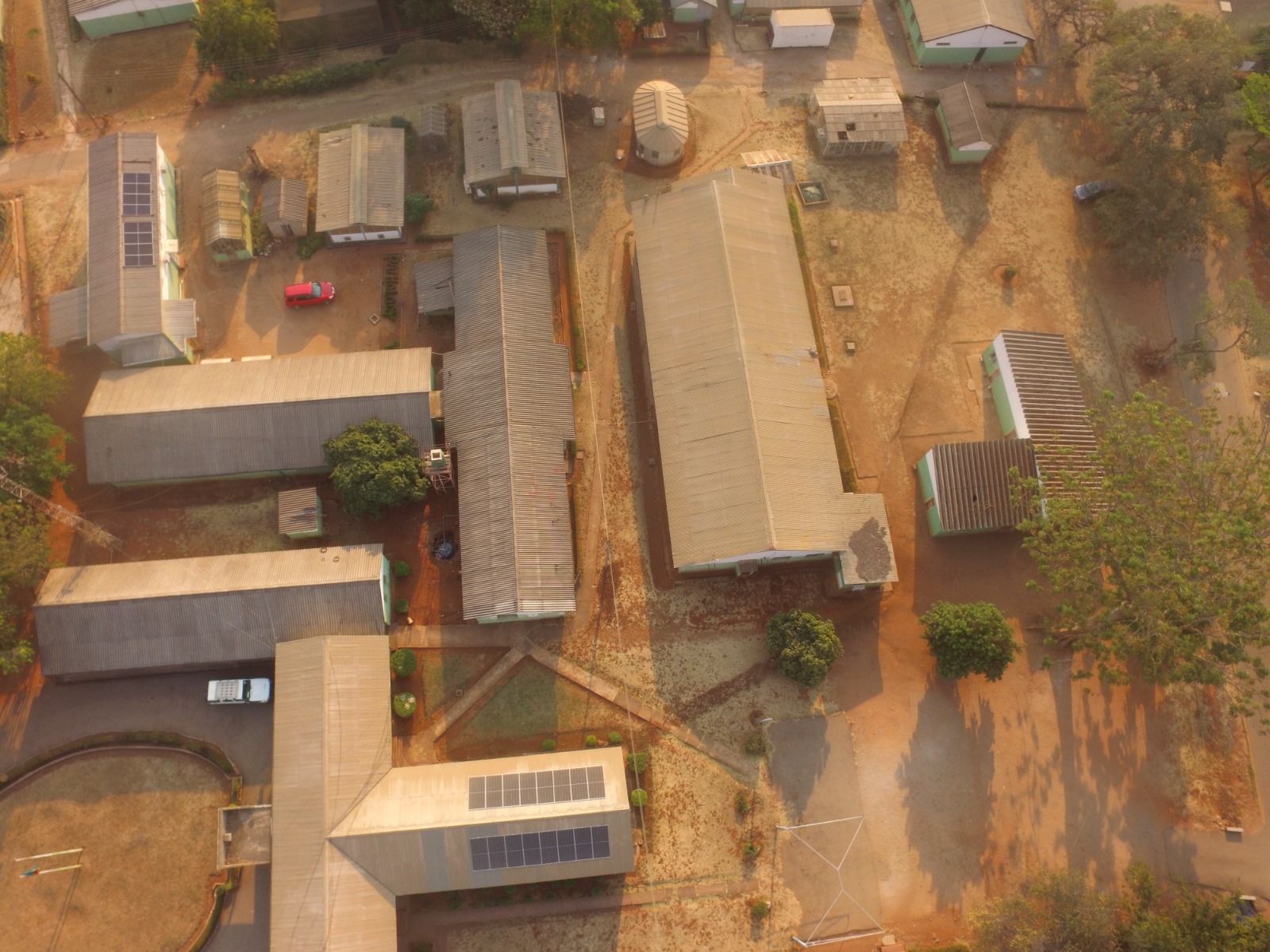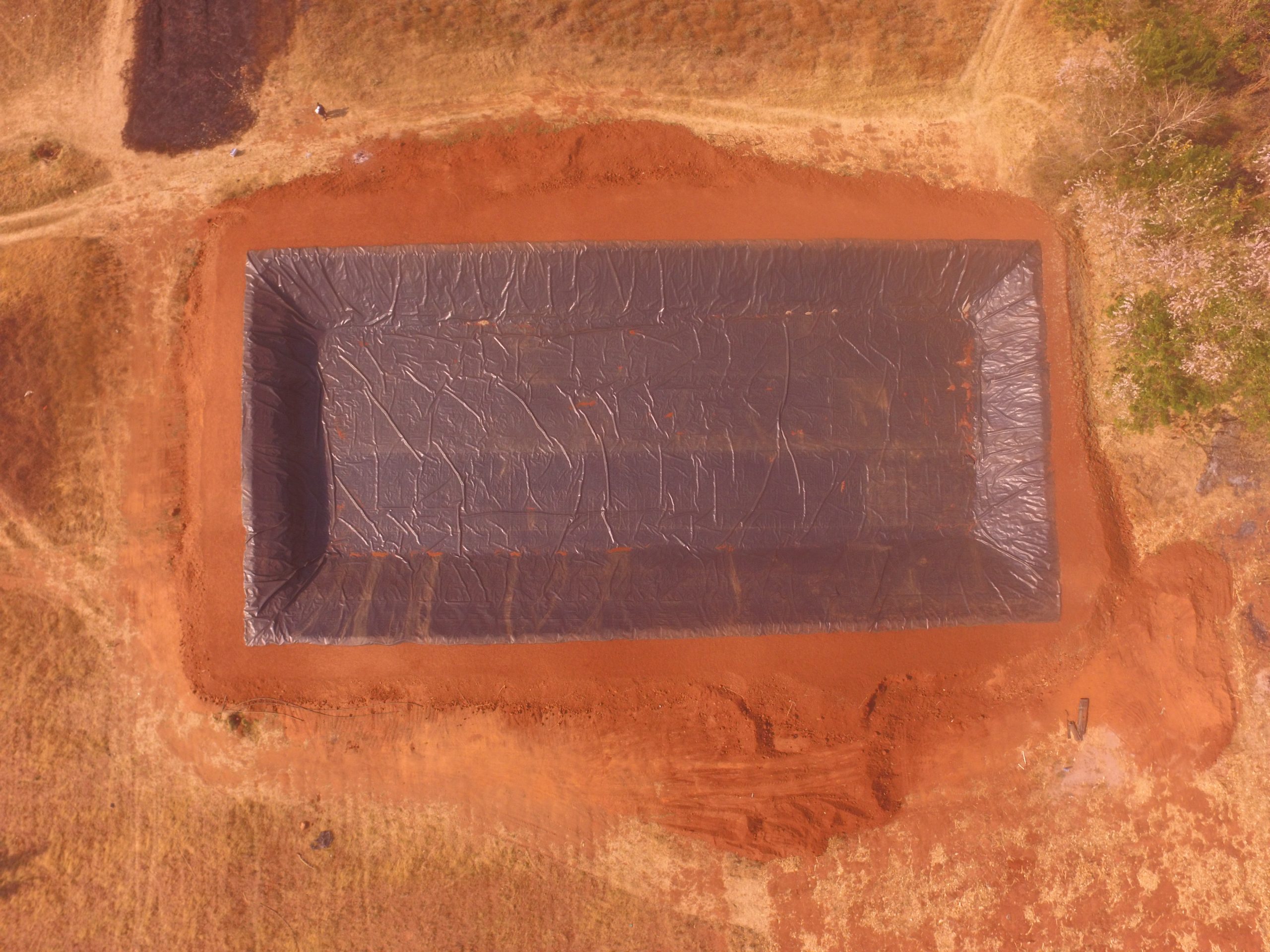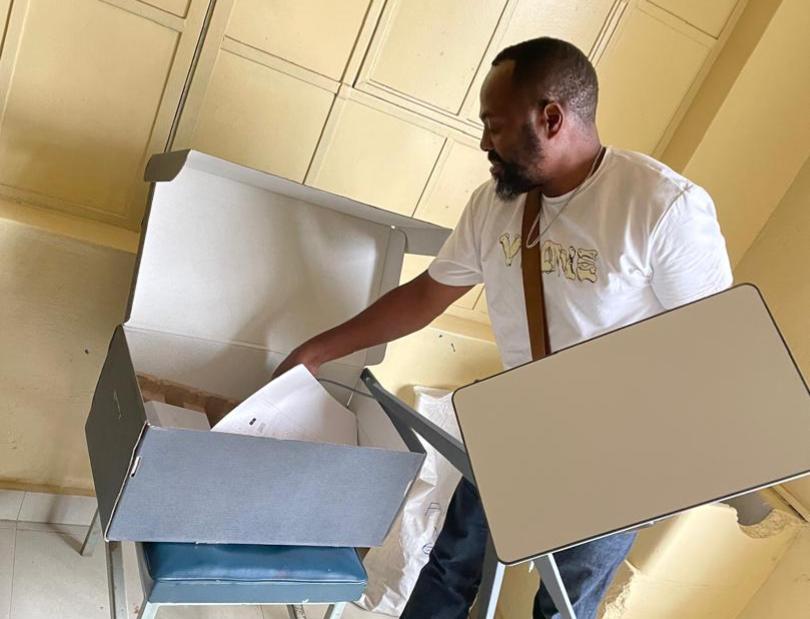December 2, 2024
The Zambia Agricultural Research Institute (ZARI) has undergone a significant transformation, fueled by a strategic subgrant from the Bill & Melinda Gates Foundation through the Africa Dryland Crop Improvement Network (ADCIN). This support has led to the modernization of ZARI’s research facilities, improved irrigation systems, and enhanced data management capabilities, positioning the institute as a leader in climate-smart crop research. Key advances include speed breeding and controlled drought research, which have led to higher crop yields and better adaptation to climate challenges. These improvements have not only strengthened Zambia’s agricultural research capacity but also fostered regional collaboration and knowledge sharing, benefiting farmers, scientists, and institutions across Southern Africa. The institute’s improved infrastructure, including expanded water storage and solar power, has ensured uninterrupted research, even during power outages. As a model for other NARES institutions, ZARI’s transformation highlights the critical role of strategic investment in agricultural research to address the growing challenges of climate change and food security across Africa.
We caught up with Dr. Loyd Mbulwe, the Ag. Chief Agriculture Research Officer at ZARI, to get more insight into the upgrade.
Q: What were some of the challenges ZARI faced before the upgrades?
A: ZARI faced several research-related challenges that hampered its potential for innovation. These included limited access to essential research equipment, inadequate funding for critical projects, and insufficient capacity for data management and analysis. Collaboration and knowledge sharing with regional and international partners were also limited.
In terms of infrastructure, ZARI struggled with outdated laboratory facilities, inefficient greenhouse and irrigation systems, and limited storage space for seeds and plant materials. The institution’s ICT infrastructure was inadequate to support modern agricultural research needs. Operational efficiency was hampered by manual data collection, inefficient research protocols, and inadequate standard operating procedures.
Q: How has the upgrade helped ZARI overcome these challenges, and how has it improved the quality and quantity of research coming out of ZARI?
A: Recent upgrades at ZARI have significantly improved its research capabilities. New equipment and increased funding have supported larger projects, while improved data management systems have streamlined data handling and fostered greater collaboration with regional and international partners. The addition of a modern greenhouse and upgraded irrigation systems has improved water management and allowed for more controlled experiments. Expanded seed storage capacity now ensures the secure preservation of critical plant material for future research.
Automated data collection systems have reduced errors and increased efficiency, while standardized research procedures have improved the quality and reproducibility of results. Improved research documentation and targeted staff training programs have further enhanced research skills, enabling the team to produce more impactful results.
 The newly constructed greenhouse facility enhances crop breeding and genetics research, enabling efficient off-season studies. (Photo: ZARI/Zambia)
The newly constructed greenhouse facility enhances crop breeding and genetics research, enabling efficient off-season studies. (Photo: ZARI/Zambia)
Q: How has ZARI’s research capacity improved with the upgraded facilities and new equipment?
A: ZARI has undergone significant upgrades to improve its research capacity. The new greenhouse facility has improved crop breeding and genetics research, allowing for more efficient off-season research. Speed breeding, a technique that accelerates crop generation turnover by two to five times through controlled environmental conditions, has been a game changer. The greenhouse also enables controlled drought research, providing insights into the development of climate-resilient crops. The ZAMGRO project has increased ZARI’s water storage capacity from 45 m² to 3.6 million m², enabling year-round farming and improved water management. The subgrant also enabled the installation of solar power, addressing the electricity challenges caused by recent droughts. The move to Starlink internet connectivity has also improved ZARI’s online capabilities, providing reliable, uninterrupted internet access, even in remote research sites.
 An aerial view of the installed solar panels, that has resolved electricity challenges and mitigating power outages. (Photo: ZARI/Zambia)
An aerial view of the installed solar panels, that has resolved electricity challenges and mitigating power outages. (Photo: ZARI/Zambia)
Q: Looking ahead, what are ZARI’s future plans? Are there any further upgrades or expansions planned for the future?
A: ZARI’s future plans focus on increasing its research impact through strategic partnerships and innovation. The institute aims to establish a center of excellence for climate-smart agriculture and develop a biotechnology laboratory to advance genetic improvement and crop resilience. Expanding greenhouse and irrigation systems and improving digital infrastructure for data management are also priorities. ZARI also plans to strengthen collaborations with international research institutions and pursue public-private partnerships to transfer technology from research to practical applications. In addition, ZARI is committed to human resource development through targeted training, fellowships, and mentorship programs to nurture future researchers.
Q: What steps is ZARI taking to ensure the long-term sustainability of the upgraded facilities and research programs?
A: ZARI has implemented a comprehensive plan to ensure the long-term sustainability of its upgraded facilities and research programs. Key areas include maintenance of facilities, continuation of research programs, capacity building, partnerships, and knowledge sharing. ZARI has secured funding from partners and donors, diversified its income streams, and developed sustainable research funding models. Staff training, mentoring programs, and collaboration with international experts are key to ensuring that the research team stays abreast of new technologies. Strategic partnerships with private sector companies, joint research initiatives, and technology transfer agreements have further strengthened ZARI’s research capabilities. Regular impact assessments and collaborations with universities, research institutes, and government agencies further strengthen ZARI’s research capabilities and ensure that programs remain relevant and impactful.
 An aerial view of the water storage system during installation. This has increased the capacity to support year-round farming and improved water management. (Photo: ZARI/Zambia)
An aerial view of the water storage system during installation. This has increased the capacity to support year-round farming and improved water management. (Photo: ZARI/Zambia)
Q: In what ways can this facility upgrade serve as a model or inspiration for other NARES facilities in the region? Are there any best practices that ZARI would recommend for similar projects?
A: The ZARI facility upgrade serves as a model for other NARES institutions in several significant ways. First, it highlights the importance of strategic partnerships, demonstrating how collaboration with regional and international organizations can lead to meaningful progress. Second, it emphasizes capacity building, with a focus on investing in staff training and development to improve institutional performance.
There are also several inspirational aspects to ZARI’s transformation. It demonstrates the transformative impact that research modernization can have on NARES breeding programs and shows the potential for improving agricultural research capacity. In addition, the upgrade is highly regionally relevant, addressing pressing regional challenges.
Finally, ZARI’s best practices provide valuable lessons for other institutions. The irrigation upgrade is an outstanding example, tailored to address the unique challenges posed by climate change in the region.
 Unboxing the Starlink hardware: Transitioning to Starlink ensures reliable and uninterrupted internet access, even in remote research sites. (Photo: ZARI/Zambia)
Unboxing the Starlink hardware: Transitioning to Starlink ensures reliable and uninterrupted internet access, even in remote research sites. (Photo: ZARI/Zambia)
Q: What was ADCIN’s role in facilitating this strategic investment, and how does it fit into the broader vision of strengthening NARES institutions across Africa?
A: ADCIN plays a key role in supporting the development and modernization of NARES institutions across Africa. Its contributions can be seen in three key areas. First, ADCIN provides technical assistance by offering expertise in research infrastructure development. Second, it provides financial support by mobilizing the resources needed to upgrade facilities. Third, ADCIN provides strategic guidance, ensuring that investments are aligned with regional research priorities and agendas.
This support fits into the broader vision of strengthening NARES institutions across the continent. ADCIN’s efforts focus on improving research capacity through upgrading facilities and equipment, fostering collaboration by promoting regional and international partnerships, and improving research quality through stronger research management and governance. As a result of ADCIN’s support, NARES institutions such as ZARI have seen significant improvements. Research output and impact have increased, regional collaboration has been strengthened, and institutions now have better access to international funding. By supporting ZARI’s strategic investments, ADCIN reaffirms its commitment to strengthening NARES institutions and promoting excellence in agricultural research across Africa.